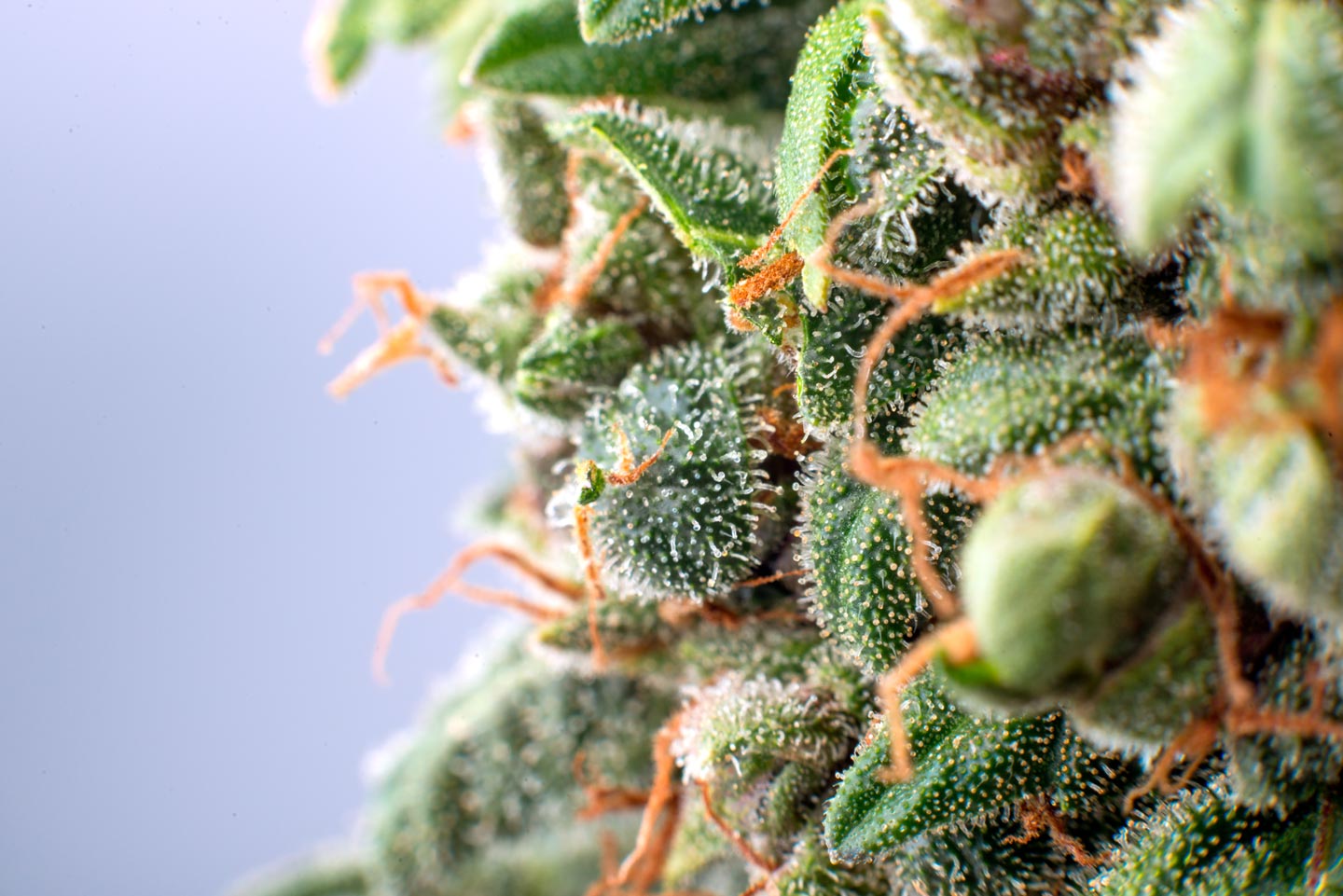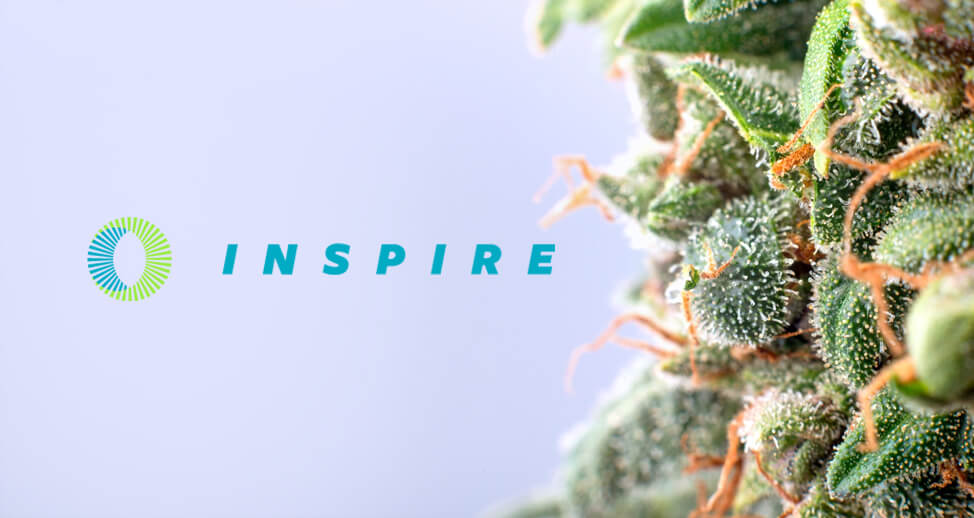Cannabis Varieties and Environmental Conditions
Evidence in archeologic records show the domestication of Cannabis started as long as 8,000 years ago in both East Asia and Europe. Despite the long history Humans share with the Cannabis plant there is still dispute about the taxonomy and whether it is one species: Cannabis Sativa or three: C. Sativa, C. Indica and C. Ruderalis. Regardless of this dispute, one thing is clear about Cannabis; there are over 3,000 different genetic varietals and it has an astounding amount of tapped and still untapped potential in the medicinal, nutritional, industrial and recreational markets.
As regulatory bodies globally and the general public continue to more fully embrace the Cannabis plant, its potential will quite literally blossom and the industry as a whole will continue to adapt more useful solutions to support the cultivation and manufacturing of Cannabis derived products, including research on what environmental conditions are ideal for specific varietals.
What is the ideal temperature and humidity for an indoor grow room?
Because of this incredible genetic diversity, ideal growing conditions depend on the varietals that are being cultivated, what characteristics the grower is looking to achieve (maximum biomass creation, specific cannabinoid or terpene expression) and the facility design that is utilized (lighting type – LED vs HPS/CMH, single tier vs vertical racking, indoor vs greenhouse, etc).
Based on our experience working with growers across the US and Canada, here is our general rule of thumb for temperature and relative humidity set-points we recommend for Cannabis cultivation and manufacturing processes. Bear in mind there are many factors at play – lighting choices, genetics, budget and risk tolerance, just to name a few – that can change these recommendations.
Temp and Humidity Settings by Grow Room Type
- Mother Room
- Typically used as a genetic ‘bank’ to preserve Cannabis varietals in the case of pest or pathogen contamination in the Propagation, Vegetative or Flowering Rooms.
- Temperature: 75°F
- Relative Humidity: 60%
- Propagation / Clone Room
- Typically comprised of cuttings taken from plants in the Veg Room that are in the process of sprouting roots of their own and becoming a genetically identical plant to the plant the cutting was taken from.
- Temperature: 80°F
- Relative Humidity: 90%
- Veg (Vegetative) Room
- Once the cuttings have established a healthy root system, they are moved to the Veg Room to grow to roughly ¾’s of their eventual size prior to flowering.
- Temperature: 80°F
- Relative Humidity: 70%
- Flowering Room
- Fully established plants are moved from the Veg Room into the Flowering Room, where the photoperiod is reduced to 12 hours and the plants begin producing flowers – the part of the plant used in recreational and medicinal products.
- Temperature: 70-80°F
- Relative Humidity: 40-60%
- Lighting choices, the desire to fully express plant genetics with low temp / humidity and budget all play important roles in this decision.
- Curing Room
- Once the Cannabis flowers are fully mature, they are cut down and moved into a Drying Room. Special care is needed here to preserve terpenes – temperature and light are the most effective oxidizers for the essential chemicals that we are attempting to preserve during this process.
- Temperature: 65°F
- Relative Humidity: 45%
- Trim Room
- Depending on the cultivator, trimming can take place before or after drying. The Trim Room is where fan leaves around and in between the Cannabis flower are removed.
- Temperature: 75°F
- Relative Humidity: 50%
- Packaging Rooms
- Packaging Rooms are used to individually package dried Cannabis flowers for distribution and retail.
- Temperature: 75°F
- Relative Humidity: 50%
Precision Equipment and Knowledge for Indoor Cannabis Growers
At the end of the day, InSpire’s goal is to give our customers the equipment and knowledge they need to achieve and maintain the specific temperature and relative humidity set-points they need to get the most out of their plants and cannabis derived products while reducing HVAC energy demands and risks of pest and pathogen contamination.
Learn more about InSpire Transpiration Solutions.

